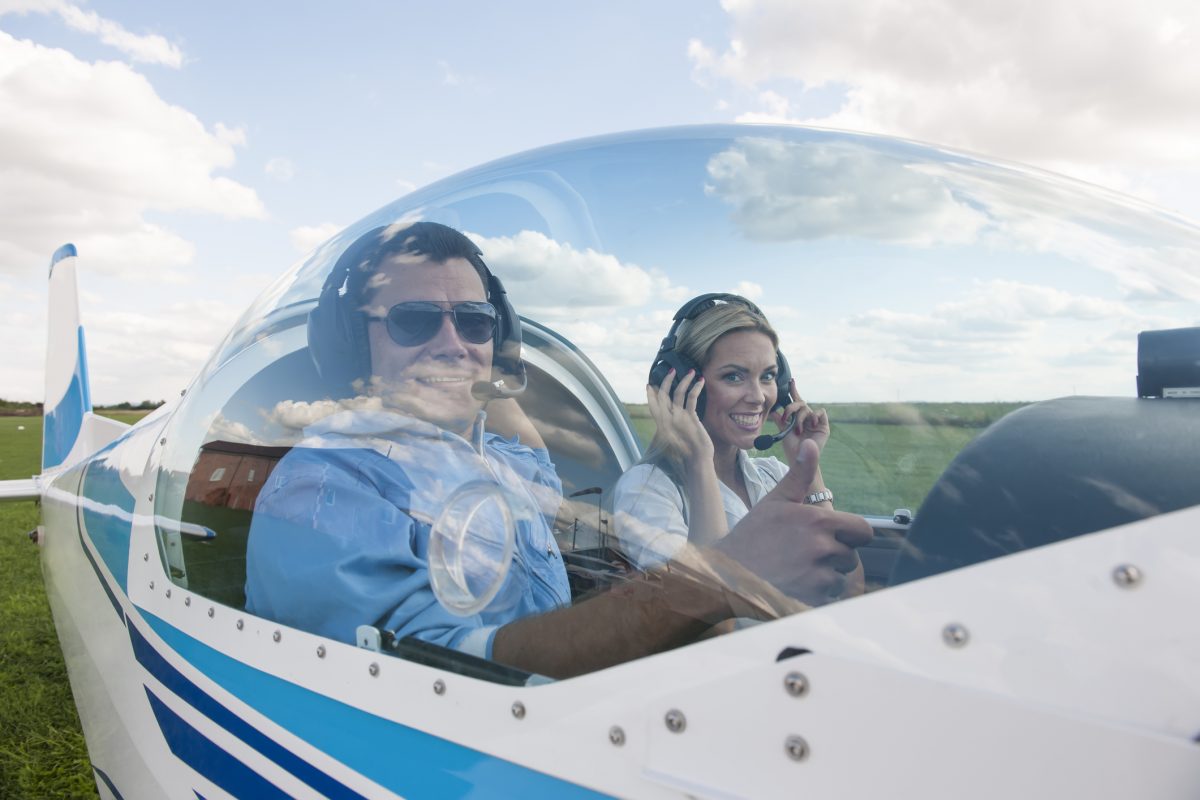
Of all the five senses, our hearing is considered one of the most valuable. The sense of hearing allows us to obtain critical information about our surroundings, and pilots are particularly dependent on their sense of hearing while operating an aircraft. Pilots rely on hearing in order to follow ATC’s directions, identify potential hazards or malfunctions in the aircraft, and communicate with passengers.
While some degree of hearing loss is common among the general population, research by the FAA suggests that pilots experience an increased risk of permanent hearing loss due to prolonged noise exposure. Without proper hearing protection, the aviation working environment may lead to noise-induced hearing loss. In fact, during World War II, hearing loss was so common among pilots and those who worked around airplanes that the condition became known as “aviators ears.”
In general, the cockpit of a general aviation aircraft can be a very noisy place, with pilots exposed to the sounds of the engine, exhaust, propeller, and fuselage for an extended period each time they fly. Even while pilots are outside of the cockpit during pre-flight, they are subjected to the loud noises of other aircraft on the runway. Without the right protection, prolonged exposure to such high sound levels can cause noise fatigue and eventually lead to permanent hearing loss.
The Occupational Safety and Health Organization (OSHA) requires that workers use some form of personal hearing protection equipment once sound levels exceed 85 decibels for a duration of eight hours. One study found that general aviation pilots are subjected to sound levels inside the cockpit that are deemed hazardous by OSHA’s standards, with sound levels in a Cessna 172 reaching 100 decibels. However, the high sound levels were significantly reduced to below OSHA’s recommended levels when pilots used adequate hearing protection such as headsets or earplugs.
Some of the common signs of hearing loss include listening to television or radio at high volume, an inability to hear high-pitched sounds, difficulty following conversations, or even a constant ringing or chirping in the ears.
If you think you may be suffering from hearing loss, tell your doctor about your symptoms. Hearing loss is gradual and accumulates over a lifetime, but it is preventable and treatable. Age or noise-related hearing loss can often be managed by using a hearing aid. Finally, always remember to use some form of hearing protection while flying or working around aircraft, and be sure to provide protection to any passengers or pets flying in your airplane, too. Investing in a high-quality pair of noise-reducing headsets can go a long way in preserving the very valuable sense of hearing.